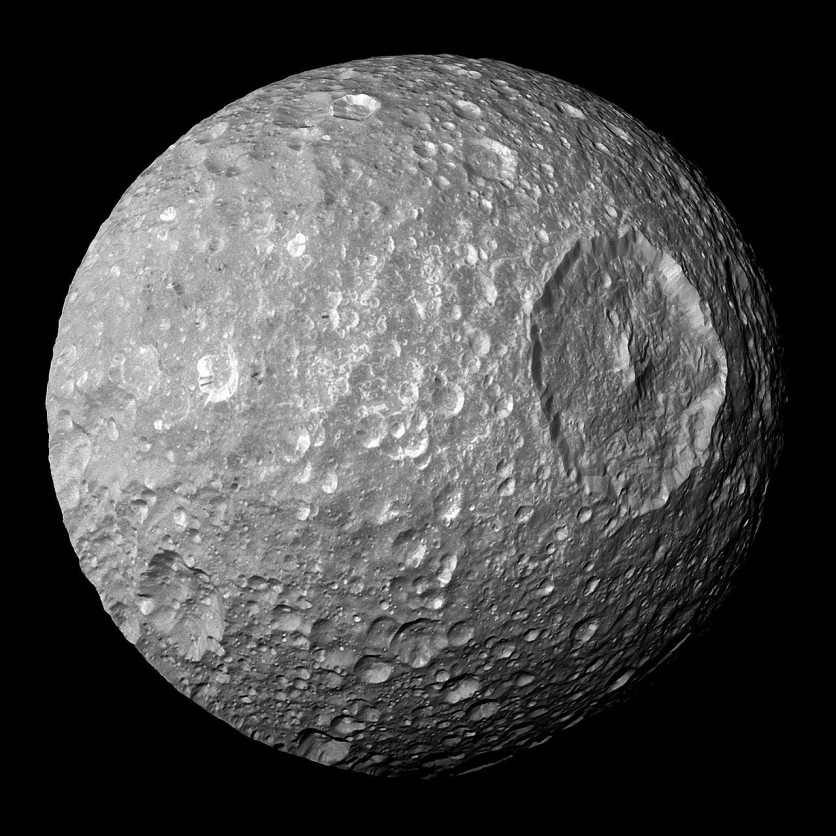
A visiting mini-moon is orbiting Earth, according to astronomers who observed the cosmic squatter in our planet's orbit.
The tiny asteroid, dubbed 2020 CD3, was spotted with the aid of astronomers in Tucson, Arizona, on Feb. 15.
"BIG NEWS," Kacper Wierzchos, a researcher in the Catalina Sky Survey at the University of Arizona's Lunar and Planetary Lab, tweeted Tuesday that the Earth has a new possible mini-moon called as 2020 CD3.
BIG NEWS (thread 1/3). Earth has a new temporarily captured object/Possible mini-moon called 2020 CD3. On the night of Feb. 15, my Catalina Sky Survey teammate Teddy Pruyne and I found a 20th magnitude object. Here are the discovery images. pic.twitter.com/zLkXyGAkZl — Kacper Wierzchos (@WierzchosKacper) February 26, 2020
The survey is supported by the Near-Earth Object Observations Program, which reviews into NASA's Planetary Defense Coordination Office. Specialists at Catalina help NASA find out and record near-Earth items that would be doubtlessly risky to the planet.
Car-sized moon
The Smithsonian Astrophysical Observatory's Minor Planet Center confirmed the object is roaming around the planet on Tuesday. An announcement posted by the MPC, which observes small objects in space, said that "no link to a known artificial object has been found." Which means the Earth's gravity most likely caught an asteroid as it passed by.
Wierzchos stated that the item measures about 6 feet to 11 feet across - or almost the size of a car. Its geocentric orbit shows that it entered Earth's orbit around three years ago.
He said that the mini-moon is a "big deal" because, out of roughly 1 million recognized space rocks, this is "just the second one asteroid regarded to orbit Earth (after 2006 RH120, which was also observed by using the Catalina Sky Survey)."
The cosmic interloper was formally cataloged by the International Astronomical Union's Minor Planet Center on Tuesday. The center, founded in 1947, collects observational information on asteroids, comets, and natural satellites in the solar system.
Mini-moon won't stay long
In its official statement, the IAU said observations "imply that this [mini-moon] is temporarily set to Earth." The group said: "No evidence of perturbations because of sun radiation stress is seen, and no hyperlink to a known artificial object has been determined." It added further observations and dynamical studies are strongly encouraged.
The remaining asteroid to get stuck in Earth's orbit was 2006 RH120. The area rock, which orbits the sun and passes near Earth every few decades, was captured by using the planet's gravity in June 2006 and stayed until around September 2007, earlier than it swung back into the solar system.
Around 18,000 'mini-moons' and 10 million digital asteroids were captured in Earth orbit, according to a 2012 supercomputer simulation. So these super-rare items are usually difficult to spot.
More records on the mini-moon can be revealed in the coming weeks and months as astronomers continue to take a look at it.
The Catalina Sky Survey, a NASA-funded project, aims to test the cosmos to find out and record near-Earth objects, mainly those that would pose a danger to Earth.
ⓒ 2025 TECHTIMES.com All rights reserved. Do not reproduce without permission.




